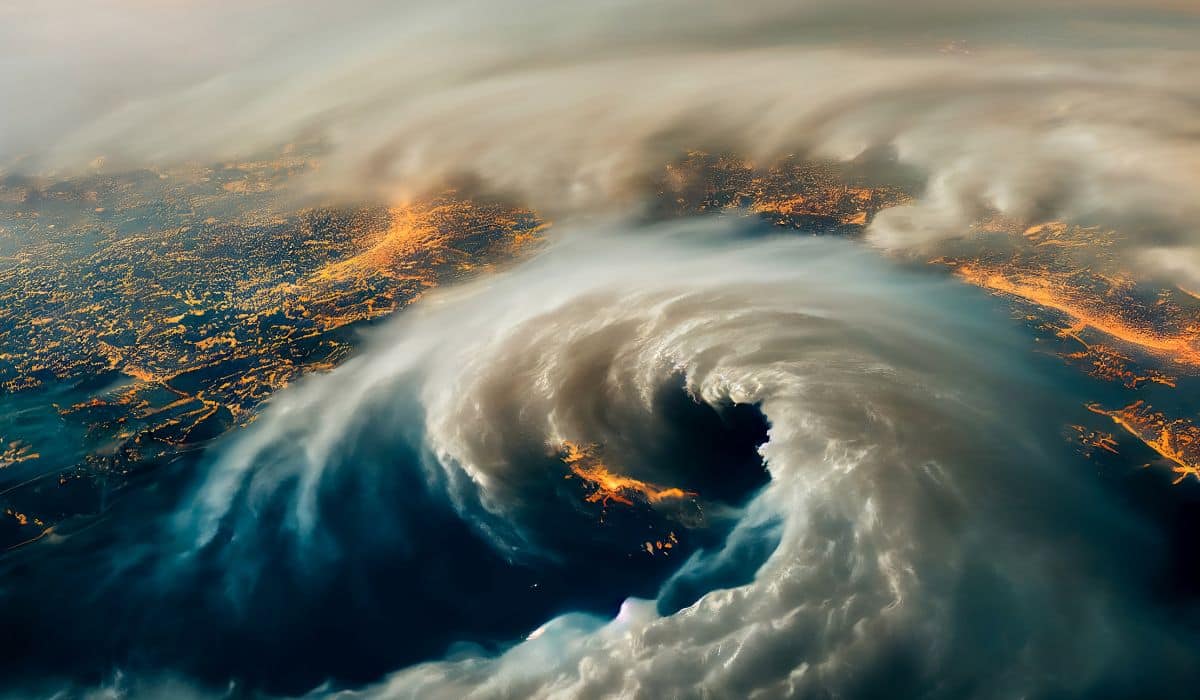Severe summer temperatures will give the United States an “explosive” hurricane season, with 20 to 25 named storms originating in the Atlantic Ocean, several weather experts say.
Forecasters confirm that there will be a significant increase in the number of occurrences this season compared to previous decades.
An average of 14.4 named storms are expected in a regular season. But this year we have 23. In the same vein, it is “normal” to see 7.2 hurricanes, but we have 11.
Of these 11 hurricanes, five become categories 3–4–5according to the University of Colorado.
Experts from the Weather Company and Atmospheric G2 confirm that this hurricane season will be one of the strongest on record.
According to their observations, there will be 25 named storms and 12 hurricanes. Six of them, potentially dangerous.
“This is the highest number of hurricanes forecast in any of The Weather Company’s forecasts.” the company announced.
The University of Pennsylvania continues with 27 to 39 storms.
But why is this year different from previous years?
The collision between unusually warm water and changing weather systems will result in an increased number of strong storms.
Huge heat waves won’t help either. Cities like Washington, DC, Chicago, Philadelphia, Boston and New York City will experience more 90-degree days in 2024 than in 2023.
Texas and New Mexico “must prepare” for an unusually long period of severe heat waves.
Other areas such as Nebraska, Kansas, South Dakota, Iowa, Illinois and Missouri will see atypical weather events such as “tornadoes, damaging winds and even convective systems.” said Paul Pastelok, a senior meteorologist and forecaster at AccuWeather.
This doesn’t mean other American cities are “safe.” While storm events will hit the central part of the US in the first part of the summer, adverse environmental conditions will likely impact many other cities in the second part, the expert said.
“It is possible for multiple systems to be active at the same time [in the tropics]. There’s a good chance this will explode and take off [in the second part of summer],” he concluded.
Therefore, the chance that at least one major hurricane will make landfall is much greater than in previous years.
“Cumulative cyclone activity in the Atlantic Basin will be approximately 170 percent of long-term averages,” according to the University of Colorado.
Hurricane season begins June 1, and Americans living in affected cities should double-check that they have what they need to combat high temperatures, flooding and deadly hurricanes before they materialize.




